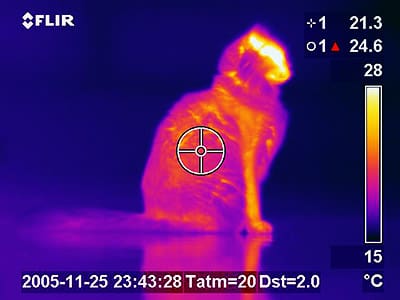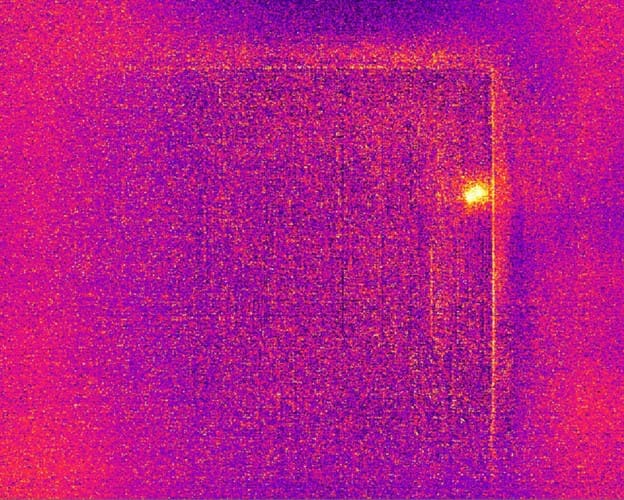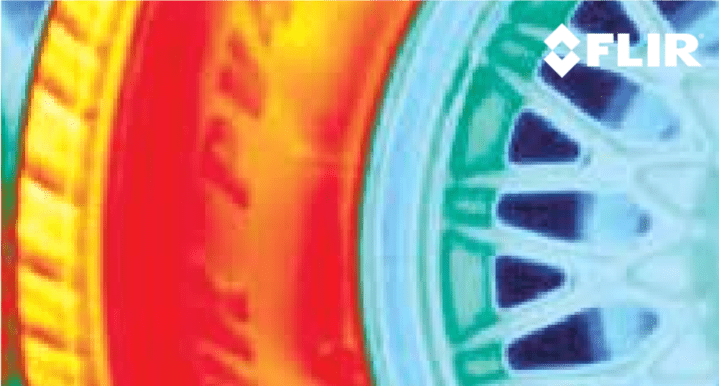Infrared Thermography (IRT)

Infrared thermography (IRT) is the leading non-invasive and non-destructive method used to detect and localize material defects, short circuits, and other powered failures. It works by analyzing the heat dissipation that results from these device faults.
Infrared thermography can be used to measure the heat distribution in integrated circuits (die) and printed circuit boards, and nearly any powered device to detect hot spots.
Strengths
- Works well for Ohmic and metallic short-circuits
- Wide temperature range
Limitations
- Low-power failure sites (< 3 mW)
- Devices with high power dissipation and low power failure sites (thermal signature masking)
- Obstruction by thick metals or other thermally conductive materials impairs analysis



